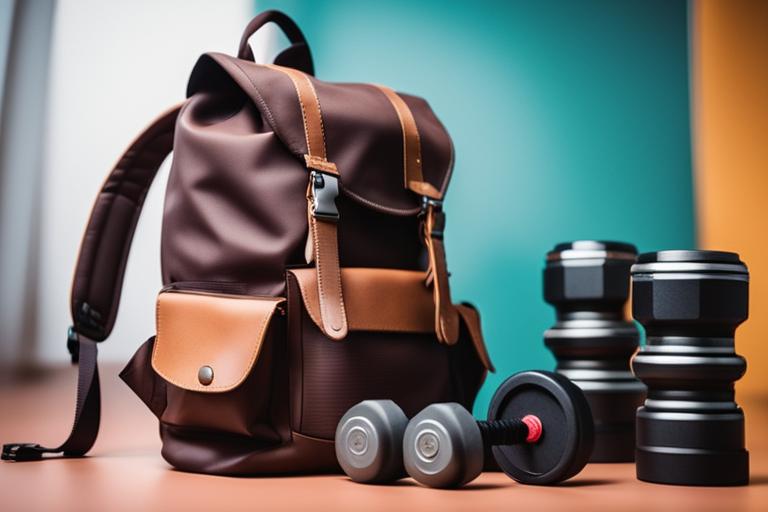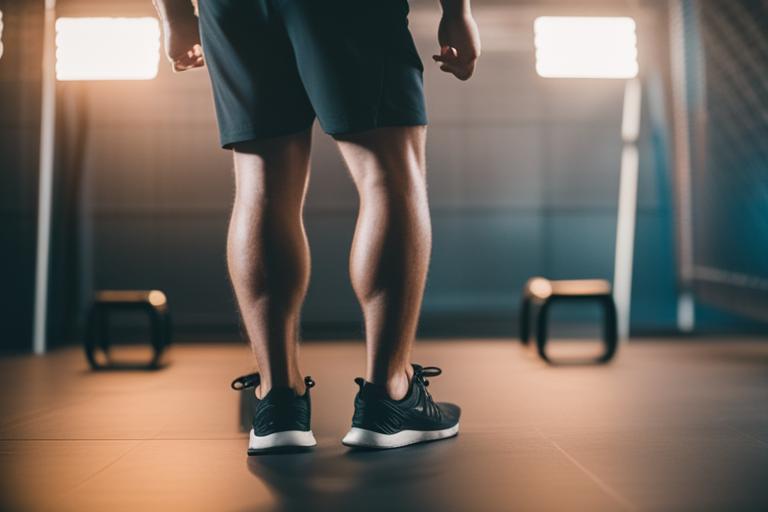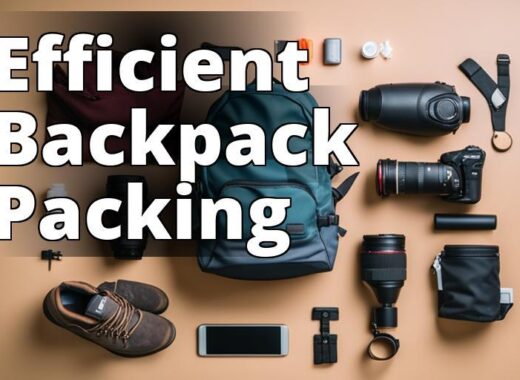Are you looking for a full-body workout routine that can help you burn calories, build endurance, and improve your overall fitness? Have you considered rucking? Rucking is a form of exercise that involves walking or hiking with a weighted backpack, making it a great way to get in shape while being easy to incorporate into your daily routine.
Learn how rucking can be the ultimate full-body workout routine with these key takeaways:
– Rucking is a form of exercise that involves walking or hiking with a weighted backpack, providing an effective way to build strength and endurance while burning calories.
– Benefits of rucking include improved cardiovascular health, increased muscle strength and endurance, and a low-impact workout that is easy on the joints.
– To get started with rucking, you’ll need a backpack or rucksack, weight plates or other weights, and a good pair of shoes for hiking. Start with a lighter weight and gradually work your way up to avoid injury.

What is Rucking?
Rucking is walking or hiking with a backpack loaded with weight, ranging from a few pounds to 50 or more, depending on your fitness level and goals. This low-impact exercise can be done on any terrain, making it an accessible option for people of all fitness levels.
While rucking is commonly used by the military as a form of physical training, it has gained popularity in the fitness community in recent years as a way to build endurance, burn calories, and improve overall fitness.

The Benefits of Rucking
Rucking is a full-body workout that engages your legs, back, and core to maintain balance and stability, making it a great workout for your entire body. Rucking also helps burn calories, requiring more energy than walking without a backpack. This makes rucking a great option for people who want to lose weight or improve their overall fitness.
In addition to its physical benefits, rucking can be a great way to relieve stress and clear your mind. Walking or hiking in nature can be a great way to relax and unwind, and adding weight to your backpack can make the experience even more challenging and rewarding.
Research also shows that rucking can improve posture, increase bone density, and reduce the risk of injuries.

How to Get Started with Rucking
Start slowly and gradually increase the weight and distance over time. Begin with a lightweight backpack and a short distance, and gradually increase the weight and distance as you become more comfortable with the exercise.
Choosing a backpack that is comfortable and fits well is crucial. The weight should be evenly distributed across your back, and the straps should be adjusted so that the backpack sits snugly against your body. A poorly fitting backpack can cause discomfort and injury.
Wearing appropriate shoes and clothing for rucking is also important. Choose shoes that provide good support and clothing that is breathable and allows for a full range of motion.

Rucking Workouts
Here are a few rucking workout ideas to get you started:
Interval Rucking
Alternate periods of high-intensity rucking with periods of rest. For example, ruck for 30 seconds at a fast pace, followed by 30 seconds of rest. Repeat this cycle for a set amount of time or distance.
Uphill Rucking
Find a steep hill or incline and ruck up it. This is a great way to build endurance and strength in your legs and core.
Ruck Runs
Run with a weighted backpack. This is a more advanced form of rucking that requires good cardiovascular fitness and strong legs and core.
Long-Distance Rucking
Ruck for a set distance or time. This is a great way to build endurance and burn calories.
Personal Experience: How Rucking Helped Me Overcome a Fitness Plateau
I have always been an avid runner and weightlifter, but after months of the same routine, I hit a plateau and struggled to see any progress. That’s when a friend introduced me to rucking – the act of walking with a weighted backpack.
At first, I was hesitant and skeptical about how walking could give me a full-body workout. But after my first rucking session, I was surprised at how much of a challenge it was. Carrying the weight on my back engaged my core, legs, and shoulders in a way that my usual workouts did not.
I started incorporating rucking into my fitness routine twice a week, gradually increasing the weight of my backpack. Not only did I start seeing physical changes in my body, such as increased muscle definition and improved endurance, but I also noticed a positive impact on my mental health. Rucking provided a calming and meditative effect, allowing me to clear my mind and focus on the present moment.
Rucking has become a staple in my fitness routine and has helped me break through my plateau. It’s a versatile and low-impact workout that can be done anywhere, making it perfect for those looking to switch up their routine or add a new challenge to their fitness journey.
Conclusion
Rucking is an excellent option for individuals looking to get in shape and improve their overall fitness. As a low-impact exercise that engages your entire body, rucking is an accessible option for people of all fitness levels. To reap its benefits, start with a comfortable weight and distance, gradually building up over time. Don’t forget to stretch before and after your rucking workout to prevent injury and improve flexibility. Vary your rucking workouts to keep things interesting and challenging. Try different terrains and interval times to keep your body guessing.
So, load up your backpack, find a trail, and enjoy the many benefits of rucking for exercise!
FAQ
What is rucking and how does it benefit fitness?
Rucking is walking with a weighted backpack. It improves endurance, burns more calories, and builds strength.
Who can benefit from rucking for exercise?
Anyone looking to improve cardiovascular health, burn calories, and build endurance and strength.
How much weight should I carry when rucking?
Start with 10% of your body weight and gradually increase. Aim for a weight that challenges you but is still comfortable.
What equipment do I need for rucking?
A sturdy backpack, comfortable shoes, and weights to put in the backpack. You can also use a weight vest or sandbags.
How often should I ruck for exercise?
Start with once or twice a week and gradually increase. Aim for at least 30 minutes each session.
What if I have back pain or injuries?
Consult with a doctor or physical therapist before starting rucking. Consider using a lighter weight or modifying the exercise to avoid pain or discomfort.
[Jane Smith] is a certified personal trainer with over 10 years of experience in the fitness industry. She holds a Bachelor’s degree in Exercise Science from [XYZ University] and has worked with clients of all ages and fitness levels, including athletes and those with chronic health conditions.As an avid outdoor enthusiast, Jane discovered rucking as a way to add challenge and variety to her own workouts. She has since become passionate about sharing the benefits of rucking with her clients and has seen firsthand the positive impact it can have on overall fitness and well-being.
Jane stays up-to-date on the latest research and studies related to exercise and has found numerous sources that support the benefits of rucking, including increased cardiovascular endurance, improved posture and balance, and reduced joint impact compared to traditional running.
In addition to her work as a personal trainer, Jane also leads outdoor fitness classes and boot camps that incorporate rucking as a key component. She believes that rucking is a versatile and accessible form of exercise that can benefit anyone looking to improve their fitness and overall health.




